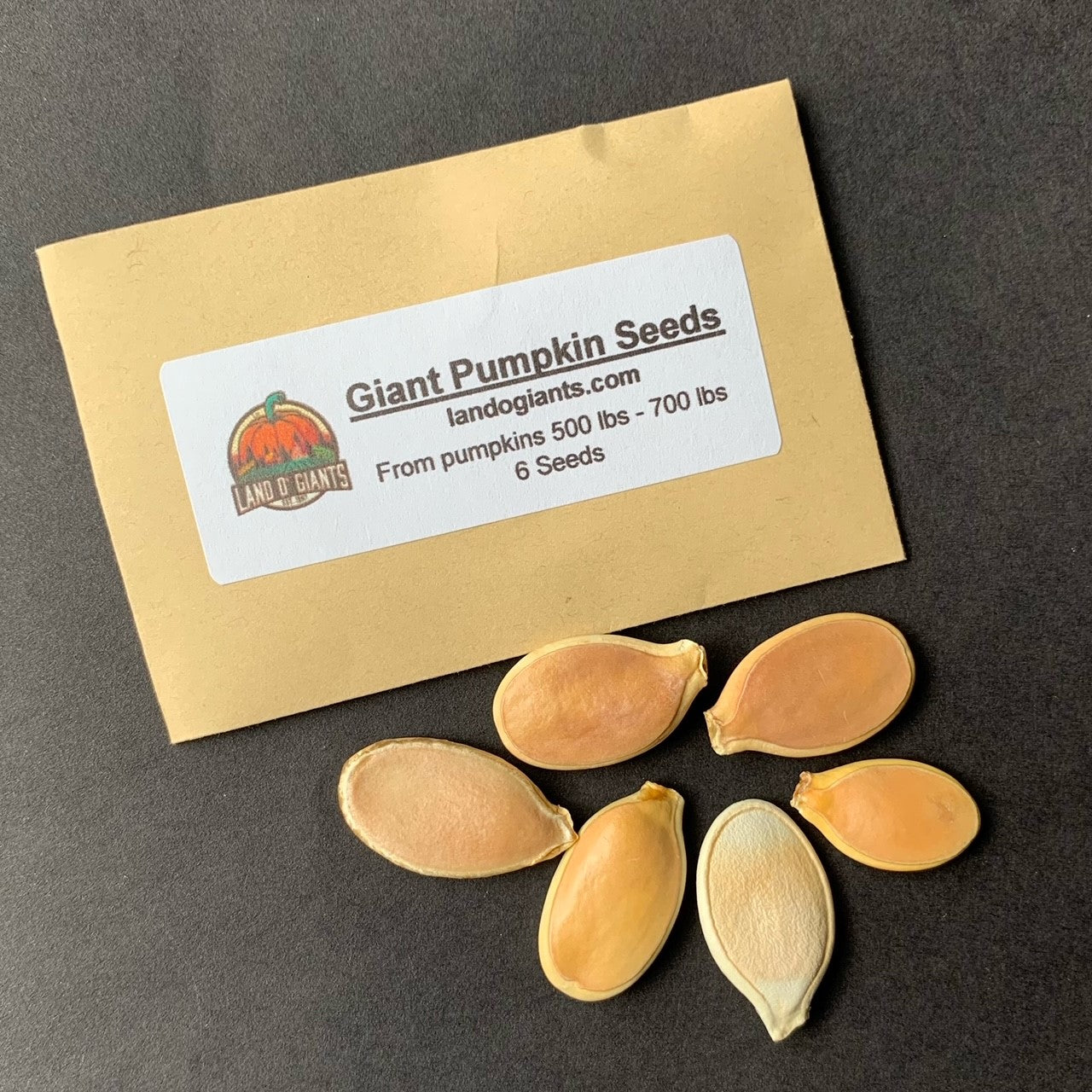What are Mycorrhizae?
There are more microorganisms in one teaspoon of soil than there are people on earth! Beneficial microbes are microorganisms that include bacteria, fungi, archaea, and protozoa and they are responsible for the majority of enzymatic processes in the soil while also storing energy and nutrients in their biomass [1]. Mycorrhizae are the connections between the plant roots and fungi and there are two types:
-
Ectomycorrhizae (means external), the fungus produces a sheath around the root.
This sheath then produces hyphae that grow into the root and out into the soil. - Endomycorrhizae (means internal), do not produce a sheath, instead the hyphae grow within the cells and out into the soil [2].
Why are Mychorrhizae Important?
Approximately 95% of plant species form a symbiotic relationship with mycorrhizal fungi. Many mycorrhizae are unable to survive in nature for extended periods of time without their host because they get fed the carbohydrates that plants exude from their roots. In return, the fungal hyphae acts as a virtual root system for the plants, increasing the amount of water and nutrients that the plant may obtain from the surrounding soil [2].
Research has shown that mycorrhizal plants are more resistant to diseases such as those caused by soil-borne pathogens. Mycorrhizae compensate the loss of root biomass and function caused by pathogenic infection by enhancing the absorption of nutrients and water by plants, thereby indirectly reducing the damage caused by pathogenic microorganisms and improving the disease resistance of host plants [3, 4].
How to Keep Them Alive!
So now that you know about all the benefits of mycorrhizae, how do you keep it alive and healthy to help benefit your plants for as long as possible? Easily! The first thing that you should do is to reduce tillage or disrupting and turning over the soil as much as possible. By tilling or moving the soil, you are breaking up the mycelium and severing the hyphae that creates the vast mycorrhizae network underground. Adopting a no-tillage method or reducing the frequency will help those populations thrive.
In addition to reducing soil disturbance, when your growing season is over, instead of leaving an empty field or planting space, use cover crop! Remember, mycorrhizae create a symbiotic relationship based on mutual needs. If the mycorrhizae aren’t getting fed carbohydrates from plants, they will die. Planting a cover crop will not only boost the nitrogen in your soil for the next season, it will enable the mycorrhizae to live.
Lastly, avoid harsh chemical pesticides and fungicides. Synthetic fungicides should be avoided as they also kill beneficial mycorrhizae fungi. Choose all-natural pesticides and fungicides when possible to protect soil-health in general.
Check out our variety of mycorrhizae to create a healthier underground network for all your plants!
Cheers!
Brooke
References
- Jenkinson, D. S., & Ladd, J. N. (1981). Microbial Biomass in Soil: Measurement and Turnover. In E. A. Paul, & J. N. Ladd (Ed.), Soil Biochemistry (Vol. 5, pp. 415-471).
- O’Callaghan, A. M. (N.D.) Cooperative Extension, University of Nevada Reno, FS-01-29
- Weng W, Yan J, Zhou M, Yao X, Gao A, Ma C, Cheng J, Ruan J. Roles of Arbuscular mycorrhizal Fungi as a Biocontrol Agent in the Control of Plant Diseases. Microorganisms. 2022 Jun 22;10(7):1266. doi: 10.3390/microorganisms10071266. PMID: 35888985; PMCID: PMC9317293.
- Ma Y., Zhang H., Wang D., Guo X., Yang T., Xiang X., Walder F., Chu H. Differential Responses of Arbuscular Mycorrhizal Fungal Communities to Long-Term Fertilization in the Wheat Rhizosphere and Root Endosphere. Appl. Environ. Microbiol. 2021;87:e0034921. doi: 10.1128/AEM.00349-21.

